Please note these plant profiles are a work in progress. I will always be adding to them as I keep learning about the amazing world of plant medicine.
Botanical Overview
Latin name: Crataegus monogna
Plant family: Rosaceae (rose family)
Identification: Botanist Ben Averis describes hawthorn as a shrub or small tree with brown or red-brown, spiny twigs, small beds (purplish-red-tipped in winter) and small oblong or triangular, deeply lobed leaves whose edges are cut at least halfway to the central vein of the leaf. Clusters of whitish flowers in spring, red berries in autumn (4)
Other species: There are over 200 species of hawthorn worldwide. Common species to note include Midland hawthorn (C. Laevigata syn C. Oxyacantha) and Chinese Haw (C. Pinnatifidia)
Folk names in English: May-tree, thornapple, may blossom, bread and cheese, white thorn, may, quickset. Kratus is the Greek word for strong.
Chemical constituents: Saponins; Glycosides; Flavonoids (vitexin, vitexin-4rhamnoside, quercetin, quercetin-3-galactoside); Various acids, including ascorbic; Amines (phenylamine, alpha-methoxyphenylamine, tyramine in flowers); Tannins (5)
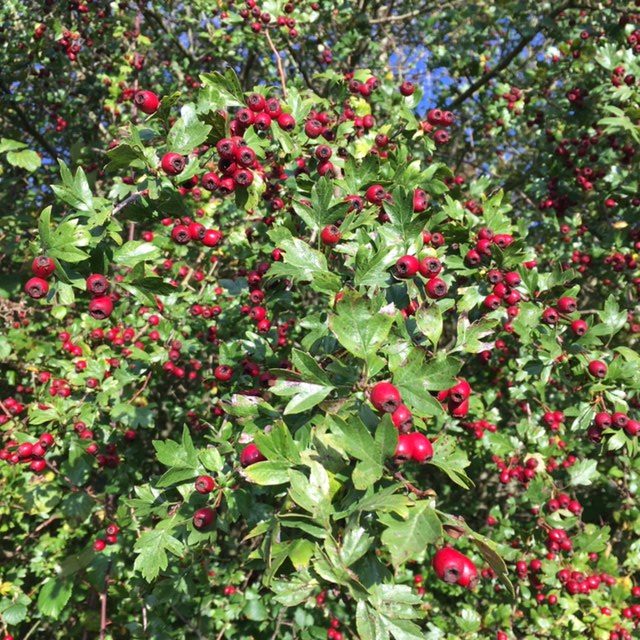
Food and nutrition
The tender shoots, leaves and buds are eaten in spring. Hawthorn berries are infused to make a tonic wine and also infused with brandy. Herbalist Mark Pederson writes that hawthorn is high in carbohydrates, chromium, fat and selenium (2). Hawthorn berries are also processed to make fruit leathers. The fruits can also be made into jelly, jams and conserves.
Ecological role
Hawthorn shrubs and trees can often be found on dry to moist, acid to basic soils forming dense scrub and hedges (2). They can also be scattered in woods and grasslands.
Cultivation: Herb farmers Melanie and Jeff Carpenter write that hawthorn likes well-drained, slightly acidic soils and that they can do well in full sun to partial shade. Hawthorn can be propagated by softwood stem cuttings (1). Hawthorn can be susceptible to some pests and diseases including leaf spots, rusts, scales and numerous insects (1).
Harvesting: Melanie and Jeff say that hawthorn leaves and flowers dry easily on racks with good airflow, minimal light and temperatures between 101-110F. The berries can take two weeks to dry thoroughly with heat. Store in breathable bags (1).
Energetics
- Temperature: Cooling
- Moisture: Drying
- Tissue State: Heat/excitation, Dry/atrophy (more atrophy), Damp/stagnation
- Taste: Berries – sweet and sour, flowers – sweet, leaves – astringent
Health challenges supported by Hawthorn
Herbal actions: Carminative, Antispasmodic, Diaphoretic, Sedative, Antiviral effect against herpes viruses, Nervine (5)
Heart tonic and trophorestorative: Sajah summarises hawthorns actions on the heart beautifully: “Hawthorn is food to the heart. As a tonic, it’s restorative to the tissues of the entire cardiovascular system. From the capillaries all the way to the heart itself, Hawthorn builds the structural integrity of the tissues, promoting increased function of the entire system as well as equilibrating any imbalances it may have (to a certain degree). There are many other qualities of Hawthorn that support its cardiotonic property, such as lowering serum cholesterol, increasing vascular elasticity, dilating blood vessels, and improving the tone of the heart itself.” (6)
Hawthorn is useful in heart disease for many reasons:
- The high antioxidant content of the leaves and flowers help keep the elasticity of the blood vessels malleable and help prevent the formation of arterial plaque.
- It can help reduce blood pressure. This is from the anthocyanidins in the berries that relax the blood vessels, allowing more blood to move through and thus reducing the pressure.
- Paradoxically, hawthorn can also help low blood pressure by tonifying the walls of blood vessels.
- The flavonoids protect the vasculature from oxidative stress and damage, improving the elasticity of the arteries, preventing arteriosclerosis (the thickening and hardening of the arterial walls).
- Hawthorn helps lower low-density lipoprotein (aka. ‘Bad cholesterol) and triglycerides (fat) in the bloodstream and liver, thus reducing fat in the liver as well as along the walls of the aorta. The fatty plaque which builds up on the walls this artery can contribute to hypertension, heart attack and other complications (6).
Angina: Hawthorn is useful for angina pectoris, where the chest pain is due to an inadequate supply of oxygen to the heart muscle. This is because it improves coronary circulation (nourishes the heart tissues itself).
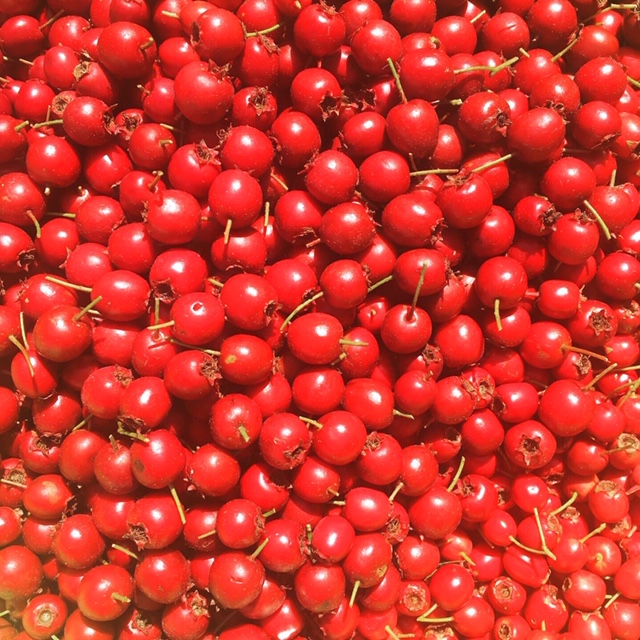
Digestive issues: In Traditional Chinese Medicine (TCM), hawthorn is primarily considered a digestive remedy. It supports the liver to create bile and aid the walls of the intestine better assimilate fats, nutrients and vitamins. Sajah describes how hawthorn stimulates gastric juices in the stomach and bile from the liver and works as a hepatoprotective, improving metabolism and stimulating digestion of heavier foods (6).
Nervous system health: Hawthorn is calming to the nervous system and works well with other nervine plants. Sajah notes that hawthorn reduces heat which is useful to calm over agitated restlessness, irritability, anxiety and nervousness (6).
Connective tissue disorders: Herbalist Anne McIntyre writes that “Hawthorn benefits the joint linings, synovial fluid, collagen, ligaments, vertebral discs. It makes a good antioxidant for inflammatory connective tissue disorders and it is useful in arthritic gout and tendonitis.” (3)
Psychological health: Hawthorn is famously known as a key heart medicine; emotionally and physically. Sajah writes: “One of the clearest psychological indications for the usage of Hawthorn is for the individual who feels “weak-hearted.” They do not feel strength in their own hearts, strong within themselves, unclear in their path and connection to their true self. To me, it makes a weak heart strong, a confused heart clear, and a half-heart full.” (6)
Cautions: Sajah states because it is hypotensive (lowers blood pressure) we want to be cautious in using it in conjunction with blood pressure medications. Avoid in bleeding disorders or hypotension. Caution with anticoagulants, hypotensives, CNS depressants such as opiates, benzodiazepines, alcohol, anaesthetics, anti-epileptics, or tricyclic antidepressants (these latter are theoretical interactions, the most important one to consider are hypotensive agents). Caution with oral hypoglycaemics, insulin, or vasodilators.
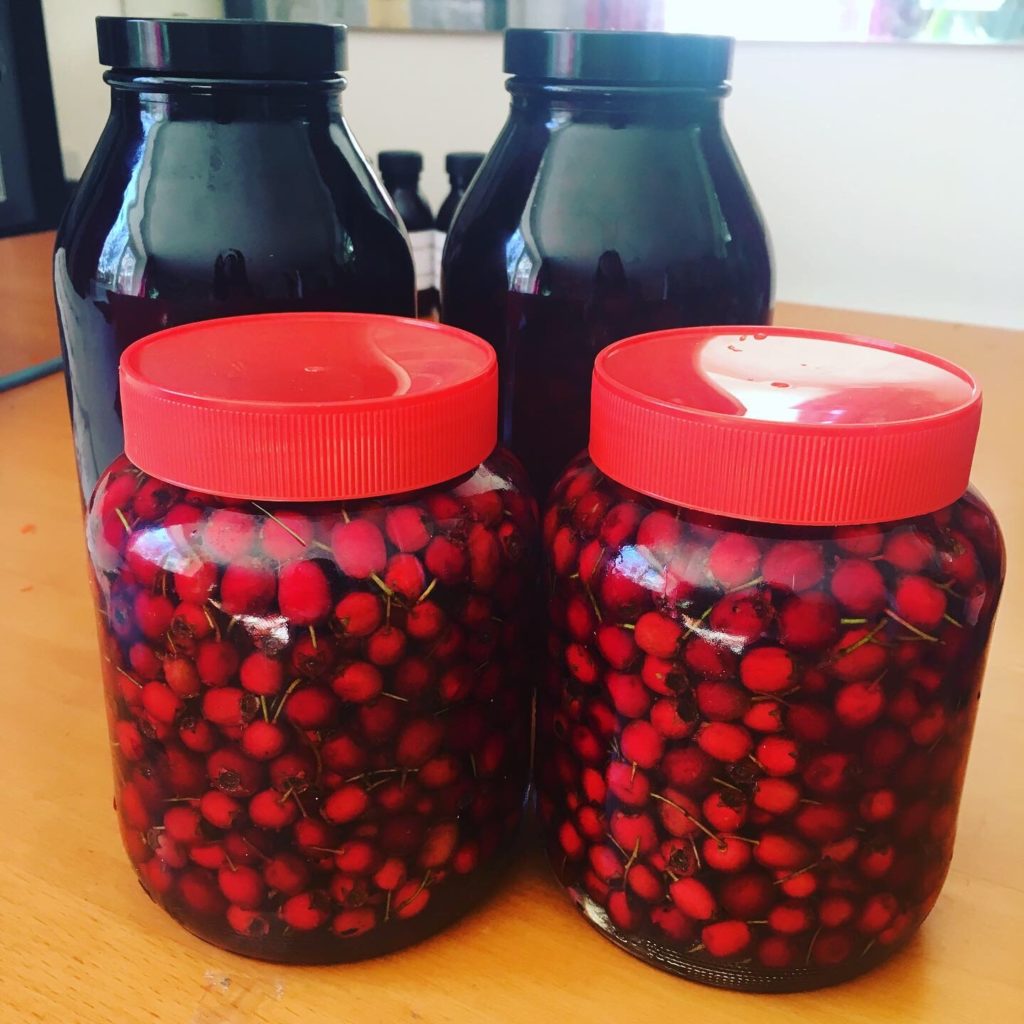
Hawthorn and the Solidarity Apothecary
I combine hawthorn with rose and lemon balm in my Brave Heart Blend for people experiencing repression.
Sources
1. The Organic Medicinal Herb Farmer, Jeff and Melanie Carpenter
2. Nutritional Herbology, Mark Pedersen
3. The Complete Herbal Tutor, Anne McIntyre
4. Plants and Habitats, Ben Averis
5. Hawthorn monograph, The Plant Medicine School
6. Hawthorn monograph, Materia Medica Monthly produced by the Sajah Popham at the School of Evolutionary Herbalism

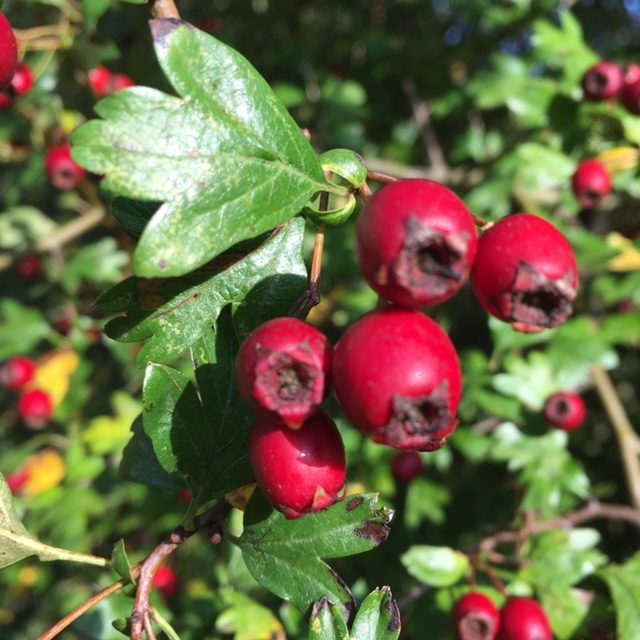
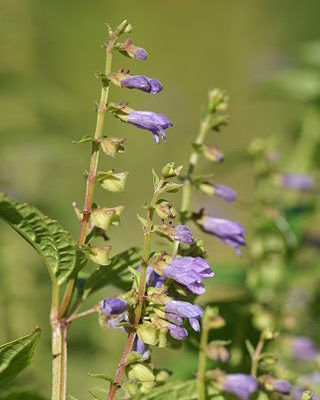


No Comments